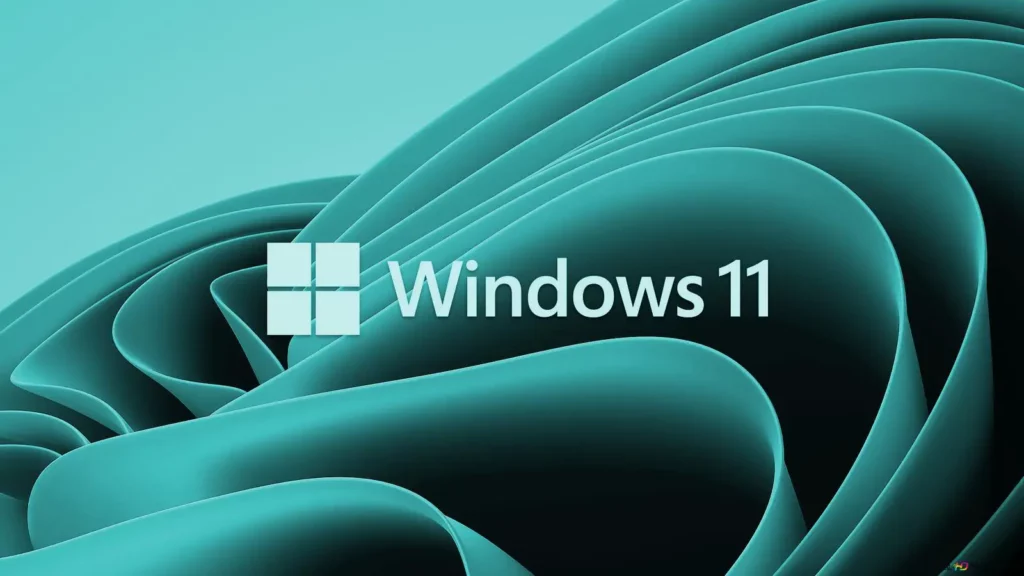Recall is a useful feature in Windows 11 that allows users to remember and restore recent actions, tasks, or system states. However, there may be instances where you need to uninstall or reinstall Recall to troubleshoot issues, improve performance, or reset its settings. In this step-by-step guide, we will walk you through the process of uninstalling and reinstalling Recall in Windows 11 to ensure your system remains in optimal condition.

Why Uninstall or Reinstall Recall in Windows 11?
There are several reasons why you might want to uninstall or reinstall Recall in Windows 11:
- Troubleshooting: If you are experiencing issues with the Recall feature, such as errors or unexpected behavior, uninstalling and reinstalling it can often resolve these problems.
- Performance Improvement: Removing and reinstalling Recall can help optimize system performance by clearing up any corrupted files or settings associated with the feature.
- Resetting Settings: If you want to reset Recall to its default settings, reinstalling the feature can be an effective solution.
Now, let’s dive into the step-by-step instructions for uninstalling and reinstalling Recall in Windows 11.
Also Read- How To Backup And Restore Favorites In Registry Editor In Windows 11
Step 1: Access the Control Panel
The first step in uninstalling Recall in Windows 11 is to access the Control Panel. The Control Panel provides various system management tools, including the option to uninstall programs and features.
- Press
Win + Sto open the Windows Search bar. - Type Control Panel and press Enter.
- In the Control Panel window, click on Programs.
Step 2: Uninstall Recall from Windows 11
Once you have accessed the Control Panel, you can proceed to uninstall Recall from Windows 11.
- Click on Programs and Features in the Control Panel window. This will open a list of all installed programs and features on your system.
- Scroll down the list to find Recall.
- Right-click on Recall and select Uninstall from the context menu.
- Follow the on-screen instructions to complete the uninstallation process.
During the uninstallation process, you may be prompted to confirm your decision or enter your administrator password. Make sure to follow the prompts carefully to successfully uninstall Recall from your system.
Step 3: Restart Your Computer
After uninstalling Recall, it is important to restart your computer to ensure that all changes are applied correctly. Restarting your computer will help clear any residual files or settings associated with the feature.
- Click on the Start button.
- Select Power and then click on Restart.
Your computer will restart, and the Recall feature will be completely removed from your system.
Step 4: Reinstall Recall in Windows 11
To reinstall Recall in Windows 11, you will need to download the necessary installation files from the official Microsoft website or use the Windows Features tool.
Option 1: Download Recall from the Official Microsoft Website
- Open a web browser and go to the official Microsoft website.
- Navigate to the Downloads section and search for Recall.
- Download the latest version of Recall compatible with Windows 11.
- Open the downloaded file and follow the on-screen instructions to install Recall.
Option 2: Use the Windows Features Tool
If Recall is a built-in feature of Windows 11, you can use the Windows Features tool to reinstall it.
- Press
Win + Sto open the Windows Search bar. - Type Windows Features and select Turn Windows features on or off from the search results.
- In the Windows Features window, scroll down to find Recall.
- Check the box next to Recall to enable it.
- Click OK to apply the changes.
Windows will automatically reinstall Recall on your system. You may be prompted to restart your computer to complete the installation process.
Step 5: Verify the Installation of Recall
After reinstalling Recall, it is important to verify that the installation was successful and that the feature is functioning correctly.
- Press
Win + Sto open the Windows Search bar. - Type Recall and press Enter.
- Open the Recall feature from the search results.
If Recall opens without any errors or issues, the installation was successful. You can now use the feature as needed.
Step 6: Configure Recall Settings
Once Recall has been reinstalled, you may need to configure its settings to suit your preferences.
- Open Recall from the Start menu or by using the search bar.
- Navigate to the Settings menu within the Recall interface.
- Adjust the settings as needed, such as changing the default save location, enabling or disabling notifications, and setting up automatic backups.
Configuring the settings will ensure that Recall operates optimally and meets your specific requirements.
Step 7: Create a System Restore Point
To prevent potential issues in the future, it is a good practice to create a system restore point after reinstalling Recall. A system restore point allows you to revert your computer to a previous state in case of any problems.
- Press
Win + Sto open the Windows Search bar. - Type Create a restore point and press Enter.
- In the System Properties window, click Create.
- Enter a name for the restore point (e.g., “Post Recall Reinstall”) and click Create.
Windows will create a restore point, which you can use to restore your system to this state if needed.
Also Read- How To Turn On Or Off Autocorrect Misspelled Words In Windows 11
Conclusion
Uninstalling and reinstalling Recall in Windows 11 can help resolve issues, improve performance, and reset settings to their default state. By following this step-by-step guide, you can easily uninstall and reinstall Recall on your system, ensuring that the feature functions correctly and meets your needs.
Remember to always back up your data before making any significant changes to your system, such as uninstalling or reinstalling features. This will help protect your important files and prevent data loss. If you encounter any issues during the process, don’t hesitate to seek assistance from Microsoft support or a qualified IT professional. With the right steps, you can effectively manage Recall and maintain the optimal performance of your Windows 11 system.

































